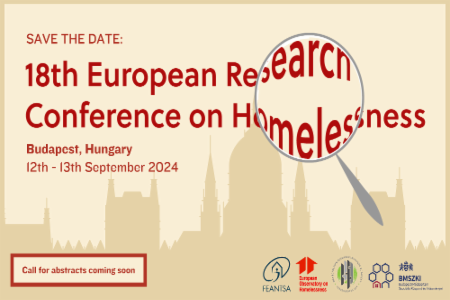REPORT
Housing of Ukrainian Refugees in Europe: Options for Long-Term Solutions
This is an excerpt of the research report by the Metropolitan Research Institute on long-term housing of Ukrainian refugees in Europe, commissioned by Habitat for Humanity International, and published in February 2023. Access the full report here.
After a short post-COVID-19 recovery year, on February 24th, 2022, Russia invaded Ukraine, devastating cities, destroying critical infrastructure, and forcing millions of people to leave their homes. According to data provided by host governments to UNHCR, between February 24th and December 6th, 2022, more than 7.8 million individuals fleeing Ukraine were registered across Europe.
The social situation of refugees is very diverse, ranging from Roma families in extreme poverty to upper-middle-class families with very different housing expectations and the ability to bear the related costs and integrate into local job markets.
To provide immediate and effective protection for such a large displaced population, the Council of the European Union activated the 2001 Temporary Protection Directive. As the primary responsibility of refugee protection lies with states, the Directive specifies a number of duties of governments in relation to the reception and residence of beneficiaries of temporary protection. As a result, Ukrainians are treated more favorably than recognized refugees and beneficiaries of subsidiary protection who arrive from other third countries.
The refugee crisis in Ukraine represents an unprecedented burden for Europe: 7.8 million people face incredible challenges finding housing, health, education and social services that correspond to their social composition (gender, age, education, etc.). Moreover, the four Central-Eastern European countries were not primary destination or transit countries for asylum seekers before the war, thus, were not prepared to provide for such a large number of refugees. Besides establishing reception centers and collective sites, the first step in providing humanitarian assistance was to use existing housing stock as temporary solutions and service capacity (such as emergency education and social care), partly on a voluntary (solidarity) basis. This was followed by their scaling up using funding from various public and private resources with the participation of various NGOs. Setting up a reception and provision system for such a large number of refugees in a very short time led to many difficulties, tensions and even conflicts, as will be discussed in this document. The main question that drives our research is what housing solutions may be considered for those who are expected to stay for the long term or permanently in EU countries and how these housing arrangements fit into the housing systems of the respective countries.
The scale of the humanitarian response and inclusion opportunities available for members of the newly arrived displaced population are different in each country. Obtaining access to information related to rights, obligations and inclusion prospects is one of the most pressing issues. Another urgent need is accessing financial support and providing sufficient help for people displaced by Russia’s war on Ukraine. There are serious concerns about access to long-term treatment and care for elderly people, people with severe mental health conditions, and people with disabilities. Access to employment is one of the refugees’ immediate needs, which is hampered by the limited availability of jobs, recognition of certificates, care obligations, and the regional mismatch of available housing and labor market demand. There are serious concerns about potential violations of the right to education of refugee children. Accessing affordable accommodation is especially problematic in urban hubs. Access to social services is often obstructed by underfunded delivery systems and administrative barriers.





